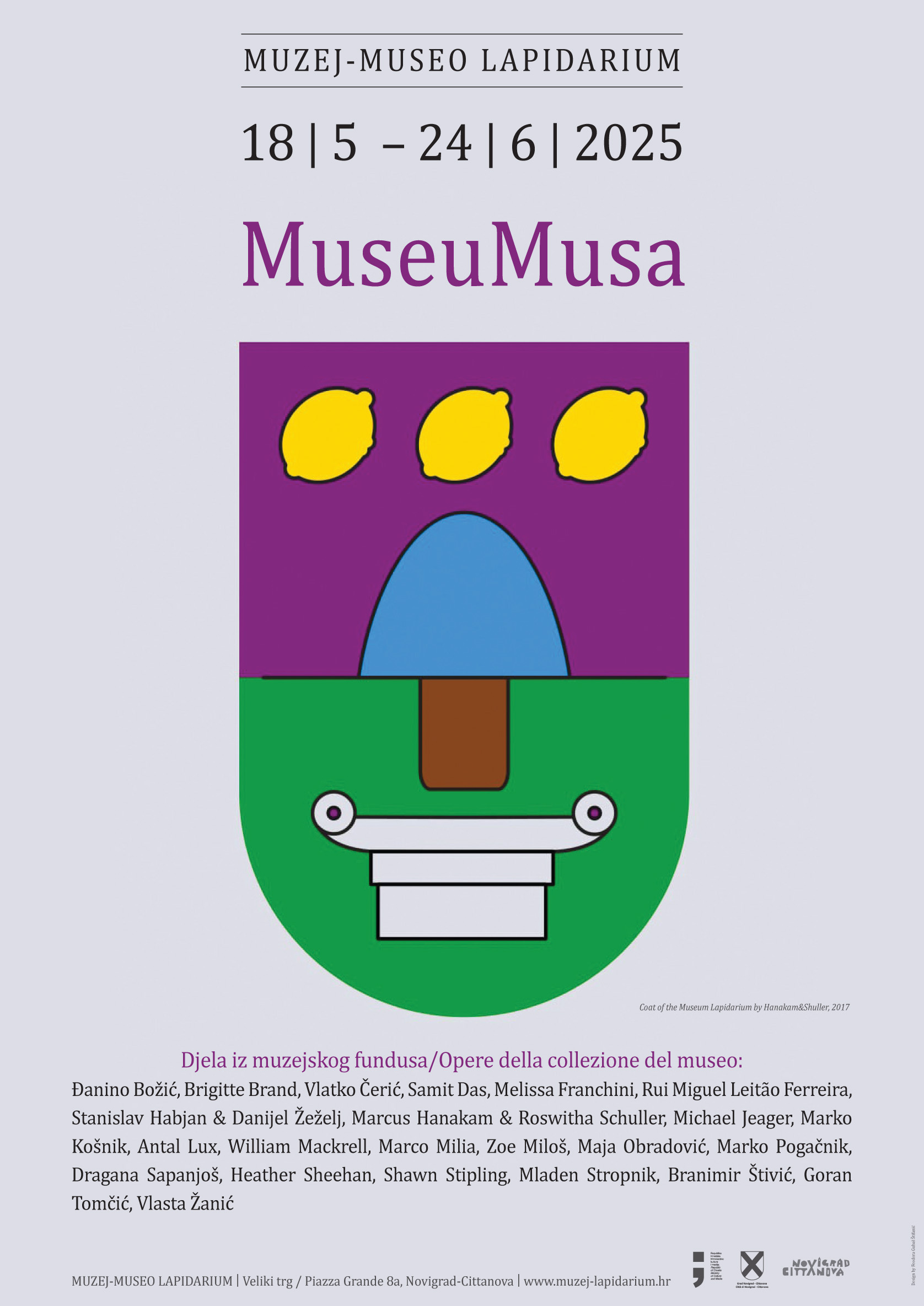
The Lapidarium Museum is a relatively young institution, and despite being purposefully designed and built to present ancient and (early) medieval stone monuments, a significant part of its holdings is dedicated to contemporary art and embodied in the collection named after the Rigo Gallery. The reason for this is that the gallery predates the newly built museum — a fact that does not separate them historically, but rather unites them. Indeed, the gallery space at Velika ulica 5 once housed the Lapidarium itself, containing the stone artifacts that are today part of the museum’s permanent display. Due to inadequate spatial conditions and concerns for the preservation of the works, the Lapidarium was relocated. In 1995, the empty space was transformed into the Rigo Gallery, envisioned as a venue for contemporary art exhibitions. From that year onward, the gallery began to build its own collection, which has grown through donations, productions, or acquisitions from the artists who have exhibited within its walls.
In 2006, with the construction of the new Lapidarium, the gallery transitioned from being part of the Open Public University of Novigrad-Cittanova to becoming part of the new museum institution. Thus, the circle was completed: the Rigo Gallery became part of what it once safeguarded, while the museum, alongside the permanent display of the Lapidarium, embraced new programs and projects in which the “ancient” stone works are juxtaposed with the diverse expressions of contemporary art. In this way, in addition to regular exhibitions at the Rigo Gallery, the museum has welcomed numerous Croatian and international artists who have displayed their works alongside the permanent Lapidarium display. Furthermore, the museum has hosted a variety of artist residencies and has been a working space for the conception and production of various artworks. All works of contemporary art that have become part of the museum’s holdings have been systematically catalogued within the Rigo Collection, which today comprises 830 registered items. Moreover, this year marks its 30th anniversary.
To commemorate this milestone, we have organized this exhibition, showcasing a selection of works from the Rigo Collection inspired by the stone artifacts of the museum’s permanent display, the building itself — known for its contemporary architectural design — or its setting within the historic core of Novigrad. Thus, the exhibition title, MuseuMusa, is a compound word derived from a playful combination of ancient terms associated with artistic inspiration or craftsmanship under the patronage of the Muses. After all, the Latin word museum itself denotes a place consecrated to the Muses.
This is also reflected in the works on display, which, through diverse visual languages and approaches, speak about contemporary “muses”.